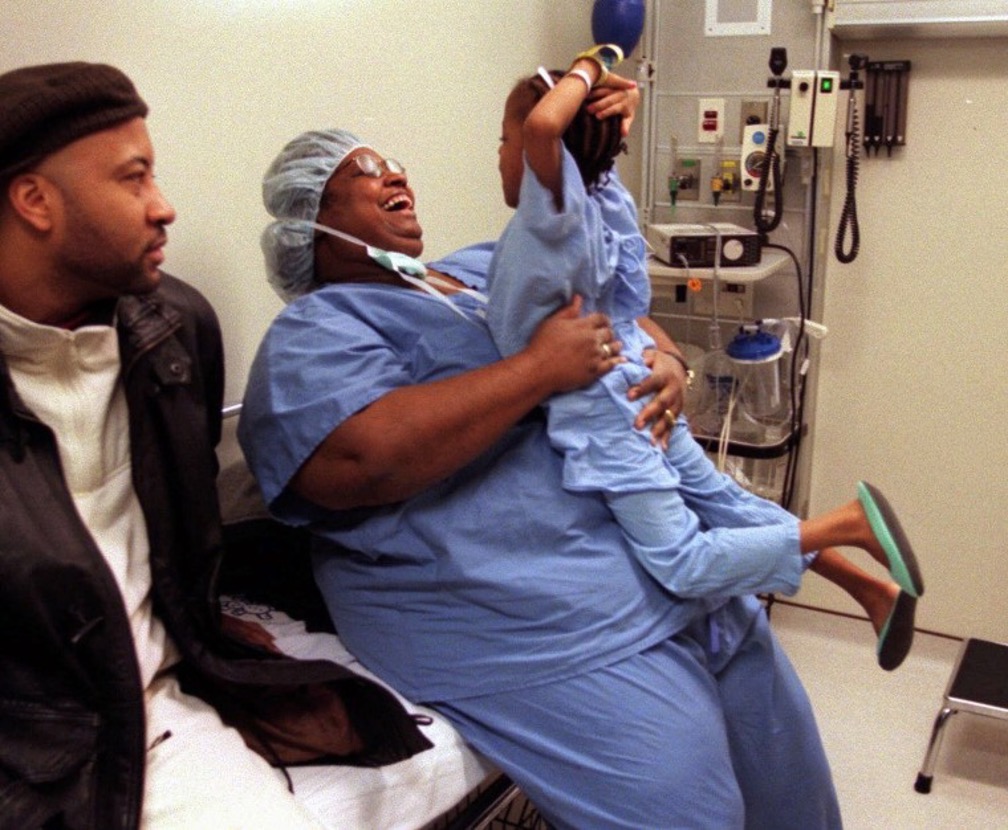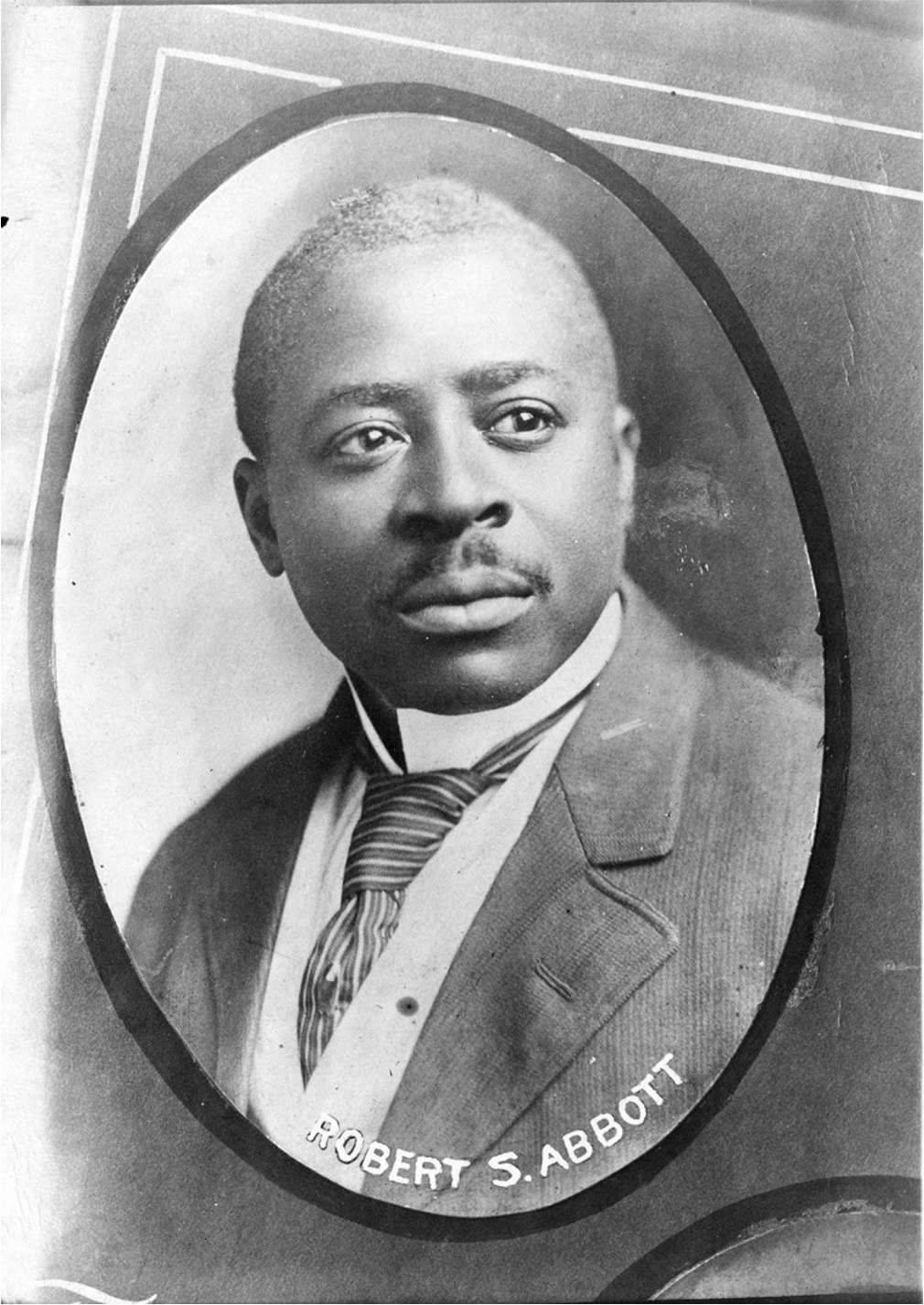URGENT REMINDER: The fundraiser for reopening the National Black Doll Museum ends February 28. If you are able to donate a few dollars please do, and please share the fundraiser link as widely as you can. Many thanks! ☮️ -Iris.
__________
Every once in a while, mainstream media gets something (sort of) right. For instance, at Today.com I found the inaccurately titled Nine inspiring Black American heroes you might not know about, but should. The phenomenon of erasure is a subject near and dear to my heart, and I’ve given my take on erasure in at least one post in this Black History Month series. Here is another, from the Today article:
Black history lessons in the month of February likely include the teachings of famous Black Americans like Martin Luther King Jr., Rosa Park [sic], and Jesse Owens. These pioneers have earned their pages in history textbooks, but why is so much Black history missing?
“The reason is simple,” Gerald Horne, Moores Professor of History and African American Studies at University of Houston told TODAY Parents. “Just look at the legislative backlash to Critical Race Theory or the Virginia gubernatorial race. Black history well taught leaves discomfort, which many would prefer to avoid.”
Personally, I prefer uncomfortable truths to comfortable fictions. Embracing the latter is not only foolish, but demonstrably dangerous.
But this post falls in neither camp; it celebrates historic accomplishments by Black people that we whites really should know about. (And if you’re into historic photos, its a little treasure trove.) As the good people at Color of Change helped to remind us yesterday, Black history IS American history.
Below are photos of Black historical figures I had never heard of until now, and short quotes from the Today article where you can go to learn more about them.
1. Harlem Hellfighters
The arrival of the famed 369th Black infantry regiment in New York after World War I. Celebrated in Europe, they faced discrimination at home.
(image: Bettmann Arc via Today)
The Hellfighters were lauded in Europe for the bravery. But when the war ended and the Hellfighters returned home, they faced racism and segregation from the country they bravely defended.
I count seventeen inspiring Black American heroes right there. According to my Ladymath™, that’s more than nine.
__________
2. Ronald McNair
Mission specialist Ronald McNair relaxes with his saxophone during the STS 41-B mission on the Challenger shuttle. Zero gravity allows him to float around while playing his instrument.
(image: NASA/Getty Images)
McNair’s first spaceflight was the STS-41B mission, aboard the “Challenger” shuttle. He successfully maneuvered the robotic arm, which allowed astronaut Bruce McCandless to perform the first space walk without being tethered to the spacecraft.
McNair’s is an amazing and inspiring story with a sad ending: the Challenger shuttle disaster.
__________
3. Bessie Coleman
Photographic portrait of Bessie Coleman, first black woman aviatrix.
(image: George Rinhart / Corbis via Getty Images)
While Amelia Earhart is often celebrated for her piloting heroics, it is pioneer Bessie Coleman who broke down barriers for women in aviation.
Whitewashing: the favored form of erasure for white supremacists everywhere. [Also: aviatrix? Really? How about AVIATOR.]
__________
4. Dr. Alexa Canady
Nationally renowned neurosurgeon Dr. Alexa Canady became the youngest black female in her specialty at age 30.
(image: Hugh Grannum / Detroit Free Press / AP)
Born in Lansing, Michigan in 1950, Dr. Alexa Irene Canady broke both gender and color barriers when she became the first African American woman neurosurgeon in the United States in 1981.
Just…wow.
__________
5. Robert Smalls
Robert Smalls, an enslaved African American who escaped to freedom.
(image: Alamy Stock Photo)
Robert Smalls was only in his early 20s when he risked his life as a Black, enslaved man in the U.S. South to sail his family to freedom.
If you only read one story at the Today link, go read this one. Because holy $#!+. THIS NEEDS TO BE A NETFLIX ORIGINAL LIMITED SERIES ON MY TV RIGHT NOW.
__________
6. Gordon Parks
Gordon Parks, here at the Ritz-Carlton Hotel in Boston, was a groundbreaking photographer and movie director (“The Learning Tree,” “Shaft.”
(image: © Shepard Sherbell/CORBIS SABA/via Getty Images)
Gordon Parks was a Black American photojournalist, musician, writer and film director who is known for breaking the “color line” in professional photography.
“I saw that the camera could be a weapon against poverty, against racism, against all sorts of social wrongs,” said Parks, who was born in Kansas in 1912. “I knew at that point I had to have a camera.”
I love this photo. So much character in this man’s face, style and grace.
__________
7. Marian Anderson
Marian Anderson became the first African American singer to perform at the Metropolitain Opera in 1955.
(image: Gaston Paris/Roger Viollet via Getty Images)
For many years in Anderson’s career, she wasn’t allowed to perform in front of integrated audiences. But, with the aid of First Lady Eleanor Roosevelt and President Franklin D. Roosevelt, Anderson performed a critically acclaimed concert on Easter Sunday, April 9, 1939, on the Lincoln Memorial steps.
I’ve been trying not to post anything this month with even a whiff of White Savior to it, but in 1939 this concert in D.C. would have been a really big deal. So, yeah, #whitefail. Note too that it would not be for another sixteen years that she would sing at the Met in NYC.
__________
8. Jane Bolin
Jane Bolin was sworn in by New York Mayor Fiorello LaGuardia as a justice in the court of Domestic Relations in 1939, making her the first female Black judge in the U.S.
(image: Getty Images)
Jane Bolin broke many boundaries in her life, but perhaps her most famous is being named the first Black woman judge in America in 1939. (This is after she was the first Black woman to graduate from Yale Law School, and the first to gain admission to the New York City Bar.)
Amazing. I know a LOT of lawyers who practice in NYC, and I doubt any of them have ever heard of her. Well, at least the ones who read my blog have heard of her now!
__________
9. Robert Sengstacke Abbott
Portrait of Robert Sengstacke Abbott (1870 – 1940), publisher and founder of the Chicago Defender, which came to be known as ‘America’s Black Newspaper.’
(image: The Abbott Sengstacke Family Papers / Getty Images)
Born to parents who had been enslaved in Georgia, Robert Sengstacke Abbott was an American journalist, attorney and editor.
After attending Kent Law School in Chicago, he was told repeatedly that he was “too dark” to practice law in America — which inspired him to go into journalism.
__________
These people are all extraordinary. One cannot help but wonder how many stories of Black Americans, particularly Black women, are lost to all of us. The least we can do is keep those we know alive, and celebrate them.
___________
Day 1 of Black History Month 2022 (Lori Teresa Yearwood) is here.
Day 2 (Mallence Bart-Williams) is here.
Day 3 (Emmett Till) is here.
Day 4 (A Tale of Two Citizens) is here.
Day 5 (Trayvon Martin) is here.
Day 6 (Franchesca Ramsey) is here.
Day 7 (National Black HIV/AIDS Awareness Day and the Black Aids Institute) is here.
Day 8 (extreme racial disparities in marijuana arrests) is here.
Day 9 (Summer of Soul/1969 Harlem Cultural Festival) is here.
Day 10 (current and historic racist domestic terrorism, Steve Phillips/Democracy in Color) is here.
Day 11 (Gee’s Bend Quilters) is here.
Day 12 (egregious anti-Black (& anti LGBTQ+) behavior at a NY State high school is here.
Day 13 (Erin Jackson, 1st Black woman to win Olympic gold medal in speedskating) is here.
Day 14 (Stevie Wonder’s Innervisions) is here.
Day 15 (racial inequities in spiking vehicle death rates during the pandemic compound and are compounded by other racial inequities, and The New York Times buries the lede) is here.
Day 16 (criminalizing protest/Color of Change) is here.
Day 17 (Flo Kennedy) is here.
Day 18 (3 news stories on the same day regarding police killings of Black people) is here.
Day 19 (Andrew Joseph III/qualified immunity) is here.
Day 20 (Dr. Catherine L. Pugh/”There Is No Such Thing As A White Ally”) is here.
Day 21 (Black cowboys, Black rodeo and photographer Justin Hardiman) is here.
Day 22 (National Black Doll Museum of History & Culture fundraiser) is here.
Day 23 (“Helping” and four petitions) is here.










Hum… I only knew of, and then sometimes didn’t the details, four on that list: The first three (Harlem Hellfighters, Ronald McNair, and Bessie Coleman), and Gordon Parks. Not too good… thanks for link !
blf: thanks for reading and commenting! There is so much material to learn and explore. I’m thinking about doing this next year with a narrower focus or theme, for instance a more comprehensive look at the Harlem Renaissance or some other topic that warrants a whole lot more that a single blog post. What do you think?
Iris@2, One or two — at most four-ish (each a week-long) — more focused themes seems like a Very Good idea. Maybe with a geographical spread, e.g., one from the NE, one from the South, one from the West Coast, etc.?
That does indeed sound like a Very Good idea! Thanks for the thought. I will keep mulling it over until inspiration strikes. (Or…not.) One puzzle I need to solve is this: there is already a ton of great work produced by Black people on both Black history topics and contemporary issues disproportionately affecting Black people (police violence, mass incarceration, school-to-prison pipeline, the criminalization of poverty, etc. etc. ad nauseum). One of my goals has always been to boost black voices and visibility, and to that end I can easily point people to that work with a teaser (or get permission to republish here); but another specific goal for this project was ‘splaining some things to and for whites. I find that these two intentions can be at odds with each other, and it’s not always clear how to balance them. This time around my approach was scattershot and experimental, utilizing different approaches as the subject seemed to warrant. Again, I’m still mulling it all over for Black History Month 2.0, and I very much appreciate your suggestions.